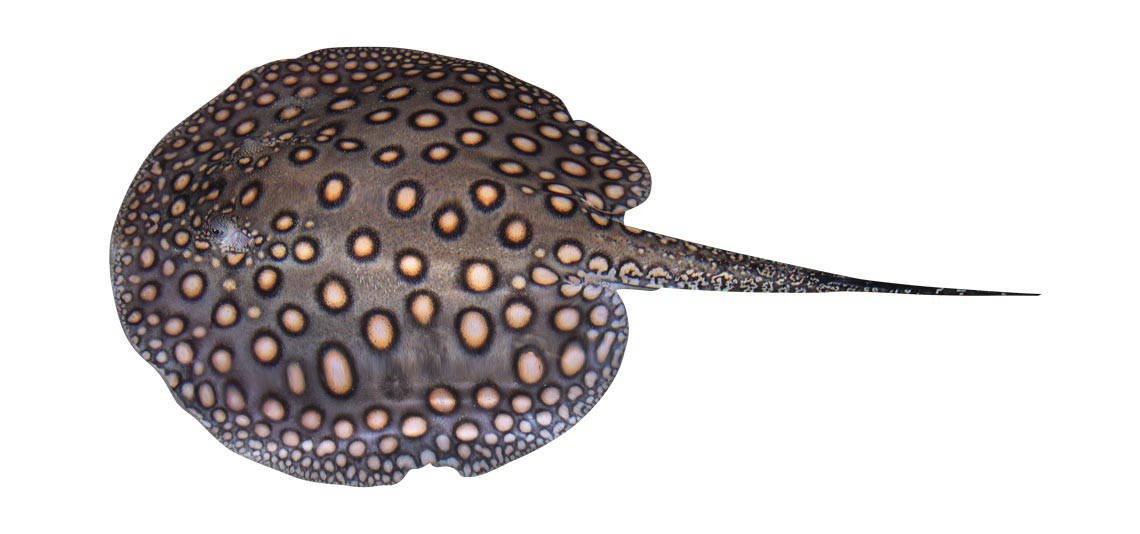Stingray venom changes as the fish mature. The toxins in the venom of young stingrays cause extreme pain and inflammation, while those in adult venom usually cause tissue necrosis, according to a group of pharmacologists led by Carla Lima and Mônica Lopes Ferreira, from the Butantan Institute. The researchers administered venom from juvenile and adult Potamotrygon rex stingrays, commonly found in the Tocantins River, to the skin of anesthetized mice. Toxins from the young individuals triggered pain mechanisms, while the venom from the adults led to cell death and discharge of organic liquids from the cells (Toxicon, May). Previous studies have compared the venoms of freshwater and marine stingrays, but not the way venom changes as individuals of the same species mature. “Our data suggests that the composition of Potamotrygon rex venom is influenced by the maturity of the animal,” Lopes Ferreira told Agência FAPESP. The researchers attributed the alteration to the changing requirements of different life stages. Young stingrays live in shoals, buried in the sand. Their sting is primarily used to scare off predators. At around 2 years of age, the rays move out of the sand and likely use the venom to hunt prey. Accidents involving stingrays are frequent in Brazilian rivers.
RepublishBiology
The changing venom of a stingray

Potamotrygon rex stingray, common in the Tocantins River
Jim Capaldi / Wikimedia Commons